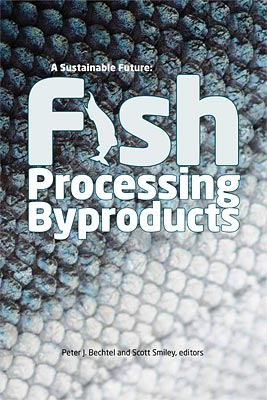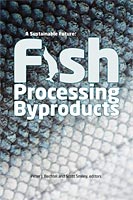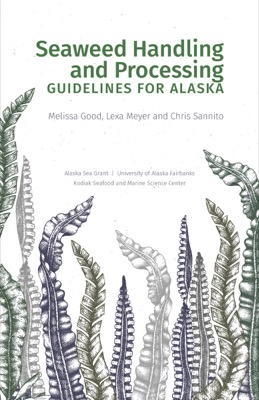
Extraction and determination of chondroitin sulfate from fish processing byproducts
J.J. Stine, T.H. Wu, A.C.M. Oliveira, S. Smiley, and P.J. Bechtel
- Price: $1.50
 This is part of A Sustainable Future: Fish Processing Byproducts
This is part of A Sustainable Future: Fish Processing Byproducts| Format | Price | |
|---|---|---|
| PDF download [403.7 KB] | $1.50 | Add to Cart |
Description
Chondroitin sulfate (CS), a sulfated glycosaminoglycan, is an important structural component of connective tissues such as cartilage and the extracellular matrix. Along with glucosamine, CS has become a popular dietary supplement widely used for the treatment of osteoarthritis. Sources of CS include organs such as cow trachea, pig ears and snouts, and skeletons of sharks and skates. Fish processing byproducts, in particular fish heads, constitute a sizable source of cartilaginous material. This, coupled with kosher and halal dietary restrictions, may make fish heads a valuable source of CS. This study was conducted to determine the concentrations of chondroitin sulfate that are extractable from Alaska seafood processing byproducts. Samples of mixed fish processing waste including fish heads were sent to a commercial laboratory for analysis of CS concentration. Approximately 10 mg per g CS (1%) on a dry weight basis was found in pollock samples. High pressure liquid chromatography, and a spectrophotometric assay based on dimethylmethylene blue, were adapted to determine CS quantities in fish processing byproducts. The two analyses gave similar results. The HPLC results allowed determination of not only the quantity of CS but also the structure of the particular CS present in the samples. These results showed that chum salmon (Oncorhynchus keta) heads have a higher concentration of CS, with an average value of 19.7 mg per g, than the other salmon heads. This study indicates that fish processing byproducts, particularly salmon heads, could provide a readily available and economical source of CS.
Item details
- Item number: AK-SG-10-02d
- Year: 2010
- DOI: https://doi.org/10.4027/sffpb.2010.04



